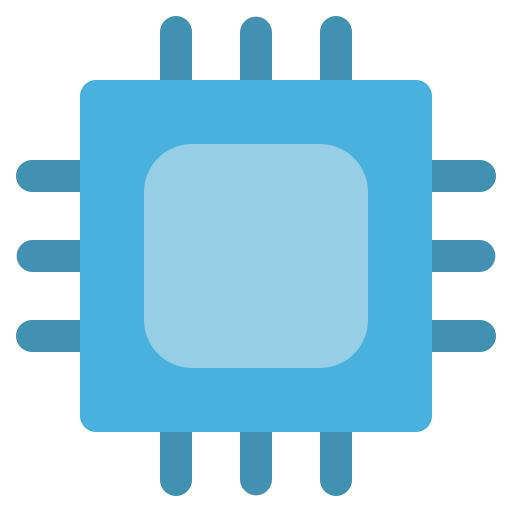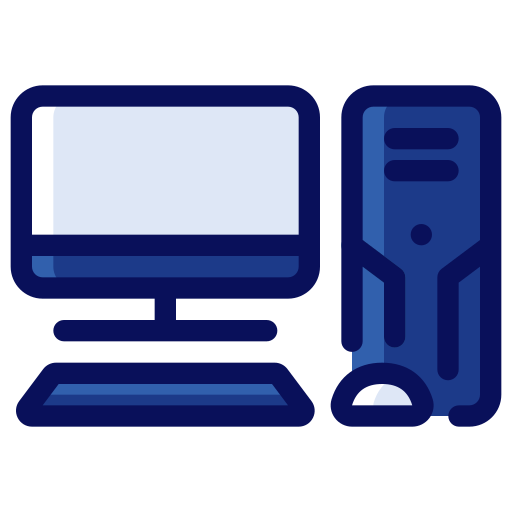That depends entirely on the service.
Nothing prevents the password from being hashed client-side, only ever sending the hash to the service.
Eskating cyclist, gamer and enjoyer of anime. Probably an artist. Also I code sometimes, pretty much just to mod titanfall 2 tho.
Introverted, yet I enjoy discussion to a fault.
That depends entirely on the service.
Nothing prevents the password from being hashed client-side, only ever sending the hash to the service.
I think the only passkey I have is stored in my VaultWarden. Though it only works in browsers atm.


Doesn’t a normal modern password, hashed, essentielly do the same thing?
No sane service has your actual password.
True AI will happen one day
You literally can’t know that.
Science isn’t even sure that if it does, we’ll be able to tell.
Right now, to me at least, “clanker” is used to dismiss the corporate desire to hook us all on socializing with their products, instead of our fellow peoples.
And in doing that, it is, today at least, a force for good.


People with massive backlogs: aw yeah, it’s all coming together
Did you already find this?


So was and did Crucial.
There is so much money to be made in AI right now, that it can make sense to ditch an entire perfectly profitable sector because AI companies simply have that much more investor funds to swing around.


Good.
But I’m not gonna take their word for it. I’ll be happy if sata ssds continue to be available, but I’m also not gonna be suprised if this is a straight up lie.


What… What do you even mean by that? This is a cinematic trailer.
If anything, it would’ve been done in Blender. Which absolutely could have pulled this off.
For their games, Larian has previously used fully in-house engines. We don’t know anything about what they’re using for this one.


And if you do have a shitty world, make sure the fast travel is actually fast.
Looking at you, Starfield.


Same.
But that’s why good fast travel is important. Once you’ve seen the world, you can skip the stuff you’ve already done.


With nextcloud in particular, nextcloud is not just nextcloud.
It’s a bunch of additional optional services that may or may not work as-is on Synology. And the Synology package won’t come with all of them.
With docker, adding (or removing) additional services, such as Nextcloud Office, is comparatively simple.


I use this one professionally, yet to come across a PC that wouldn’t boot from it.
And yeah, you won’t benefit unless the PC also has both fast ports and fast storage.
But half of the time I’m using it to move files from a customers old PC to their new one, and more aften than not, even the old one has at least one quick usb C port.


Sure.
But that’s limited to SATA 3 speeds. A “mere” 600 MB/s. Not to mention SATA SSDs often can’t sustain their theoretical maximums.
USB3.2x2 can do 2500 MB/s, and with heatsinks on an NVME drive you can actually reach and sustain that transfer speed.
When you’re moving more than 500 gigs of something, or if you move ISO sized things often, it’s really nice.
When I occasionally have to write an ISO to usb for macOS or when ventoy for some reason wont work, I get annoyed at how I actually have to wait a bit, even though my thumbdrives aren’t slow.
They’re just not NVME with a heatsink fast. I’ve gotten used to moving ISOs around like they’re text files.


True. But if you have an old one laying around, from a laptop, desktop or whatever, even a low end one will saturate usb while beating 2.5" hdds.


Or if you want to install an entire iso in less than a minute, one of these.
I really like that one. I can move a terabyte in minutes, and unlike some other M.2 enclosures, this one is a heatsink sandwich, which enables sustained full-speed operation.


Not at random.
But you can definitley find people looking to play via the community, but you won’t have much luck just jumping into online.
Game is still getting updates.
Wine does not have system level USB access.
No firmware updates or low-level communication will work.
That’s why no-one is running the official razer, corsair, logitech etc. mouse/keyboard whatever programs on linux.